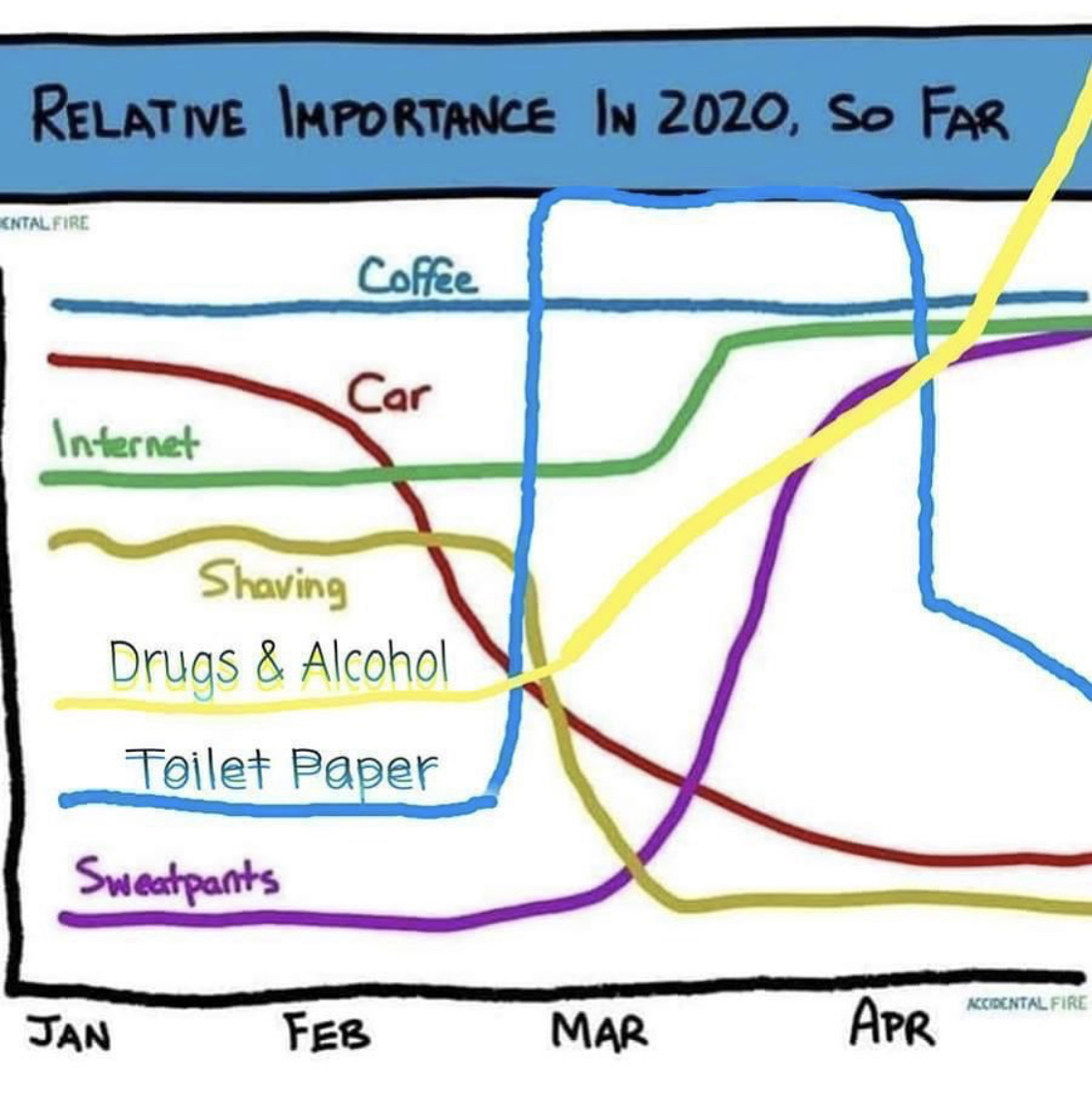Breathe In, Breathe Out
I’ve been saying this for a while, as Jess and I have been seeing a lot of valved masks when we head outside, but there hasn’t been much coverage of the issue in the press. Therefore:
If your face mask has an exhaust valve (a little square on the front, or quarter-sized circle[s] on the side), it doesn’t filter particles when you exhale, even if it’s an N95 mask.
While part of the reason to wear a face mask is to protect yourself from the SARS-CoV-2 virus, the bigger reason is to keep you from spreading it to other people.
Therefore, either stop wearing valved masks, tape over the valve(s), or wear another unvalved mask over the valved one (per the video below).
Otherwise, you’re not helping. In fact, as some research points to valves concentrating and further accelerating particles exhaled (or coughed or sneezed) through them, you may even be making things worse.
TLDR: VALVED MASK = NO GOOD.
We did a video for our members when we started seeing these more and more on our patients. pic.twitter.com/J0s3J1kK3h
— San Francisco Firefighters 798 (@SFFFLocal798) May 4, 2020
